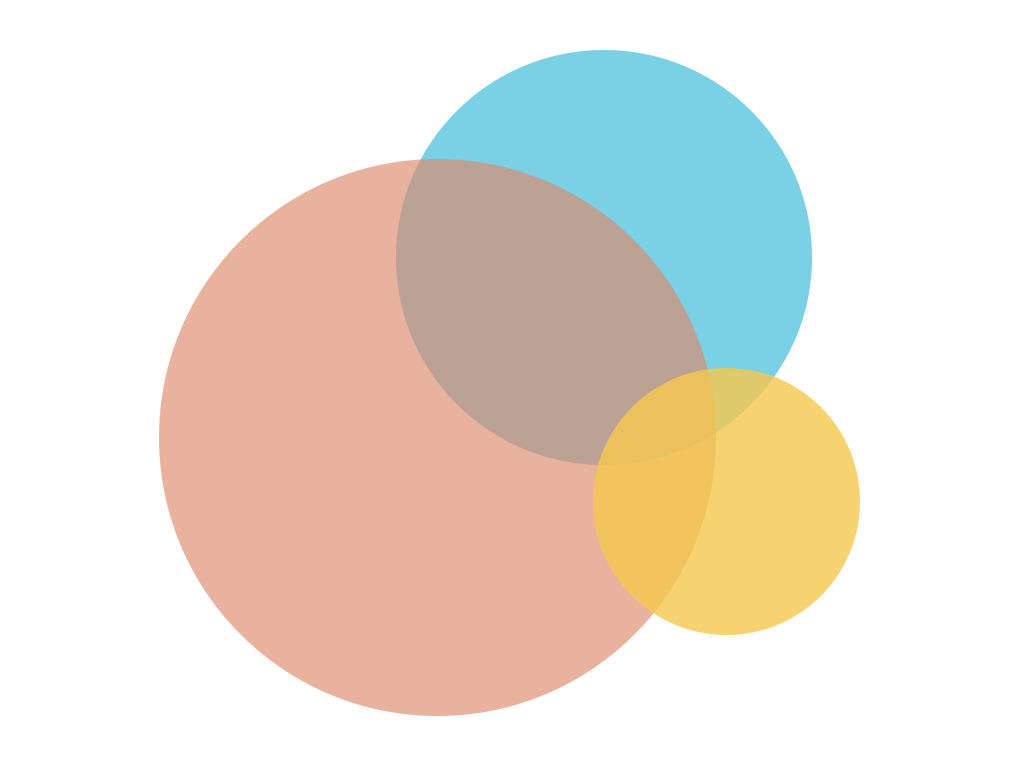About this course
Once you’ve determined the kinds of materials that you want to annotate, it’s time to think about the form that your annotation will take. Whether you want to publish your documents in print or digital format, you have many options for how the annotation will look, where it will appear, and what system you’ll use to create and track it. At the end of this course, you’ll have the tools to develop not only a policy to guide you in determining what you’ll annotate but also a plan for how you’re going to do it.
What you'll learn
- to analyze the multiple forms that annotation can take in print and digital media.
- to plan an index for a print or digital edition.
- to articulate an annotation policy for your texts.
- to sketch out an annotation workflow based on specific project needs.
Course Content
Guides
Contributors
Supervision
- Krista Tomaselli
Visualization
- Katie Blizzard
- Krista Tomaselli
Writing—Review & Editing
- Katie Blizzard
- Cathy Moran Hajo
- Christopher Ohge
- Russ Sprinkle
- Krista Tomaselli
Course Glossary
- Annotation
The use of descriptive, contextual, referential, or illustrative content or structure that supports the discoverability and accessibility of source materials. Annotation may take many forms (footnotes, source notes, metadata, glossaries, essays, indexes, keywords, images, maps, and more) and multiple forms of annotation may be used by a project.
- Endnote
A note or essay that follows the presentation of a document or other source material. It is a form of annotation used for providing information about the source material and/or for creating connections to relevant resources.
- Footnote
A note attached to a specific element in an essay or source material (such as a word, sentence, section of an image or recording, etc.). It is a form of annotation used for providing information about that specific element and/or for creating connections to relevant resources.
- Glossary
A curated collection of resources, such as of biographies, key terms, images, or other content. It is a form of annotation used to collect any resources that may be referenced frequently and make them available in one easily-findable location.
- Metadata
Essentially, data about data. It can be used to describe the content, physical or structural features, and/or administrative elements of data. In providing such descriptions, metadata supports the management and discoverability of data. See the University of North Carolina Library's definition of metadata for more information: https://guides.lib.unc.edu/metadata/definition.
- Source Note
A note that describes a source material's provenance and/or creation. It is a form of annotation.


